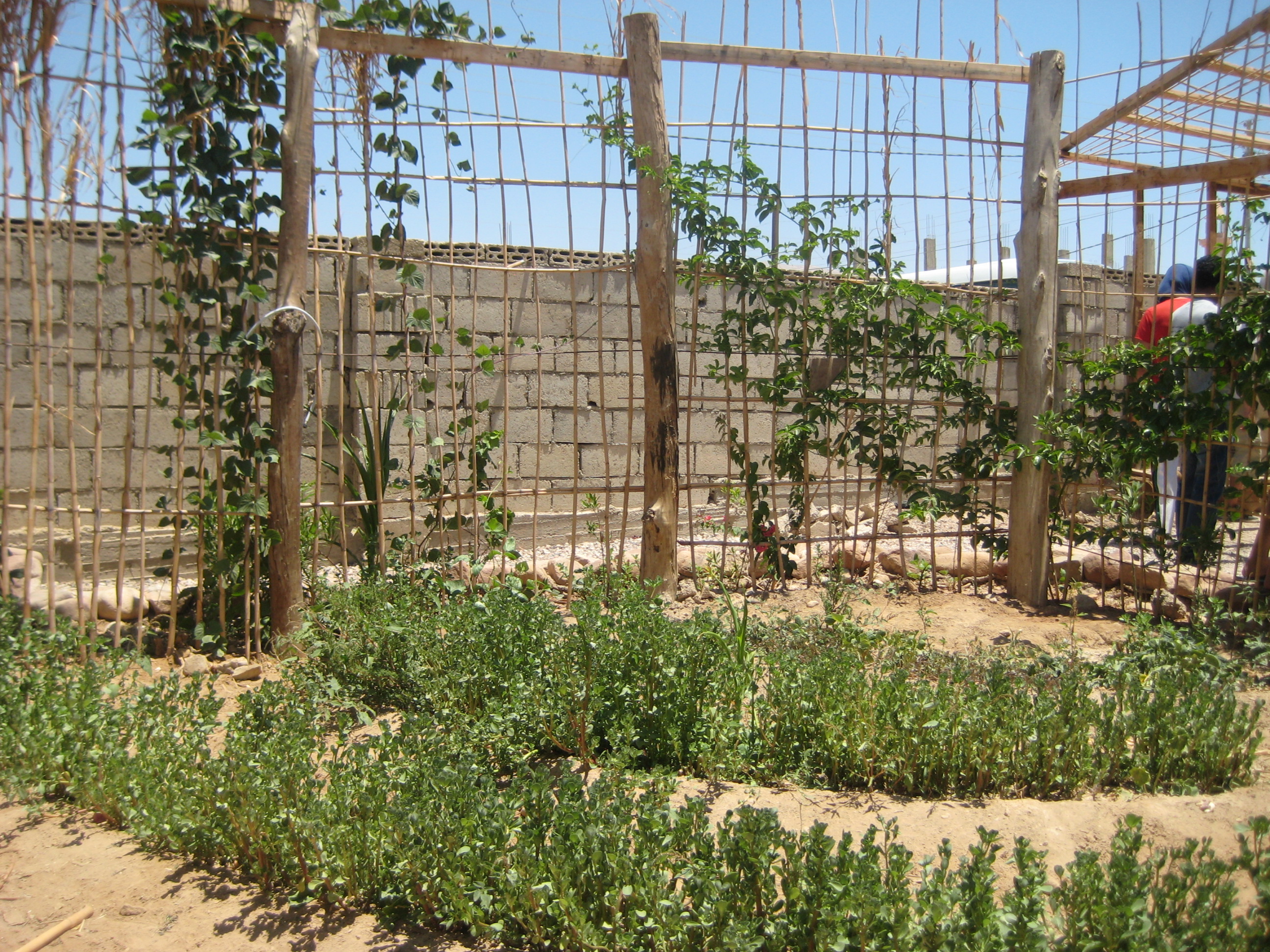
From May 31st to June 15th, a permaculture design course was jointly hosted by The Green Platform (a young initiative that aims to raise environmental awareness in Jordan through visual and performing arts, creative campaigns and cultural events) and a local Jordanian NGO. One FoEME staff member had the opportunity to participate in this important two-week intensive course, comprised of theoretical introduction, an insight into practical techniques, a field trip and a final group design exercise. This event reinforced FoEME’s belief that permacultural principles could have great relevance in the creation of sustainable environmental practices in Jordan, Israel, and Palestine.
The term, “permaculture” was created by Bill Mollison and David Holmgren in the 1970s by combining “permanent” with “agriculture.” This portmanteau refers to a deliberate design-approach to creating a sustainable human habitat in balance with nature. The core principles of permaculture are “care for earth, care for people, and fair share,” thereby positioning itself as a philosophy of sustainable development.

In practice, permaculture involves finding the right leverage point to achieve the greatest desired effect for the least effort. This is achieved by focusing on the relationship between different elements on the site to be designed, and stacking their functions. The classic example of “stacking functions” would be a dovecote located above a compost pile, with the doves providing meat, aesthetic enjoyment, and highly valuable manure. Another example would be children producing electricity for a nearby machine when using a merry-go-round. Permaculture insists on the combination and articulation of existing, simple and cheap solutions assembled in a holistic approach to bettering human livelihood.
Right now, in most areas of the region, domestic water is pumped from aquifers, and very few households have rainwater catchment facilities. This contradicts the principles of permaculture, as large amounts of water and energy are wasted in the conveyance of water from the aquifer to the home. Instead of using municipal water pumped up from aquifers, through pipes, and finally up rooftops or into fields, a permacultural approach would advocate focusing first on harvesting all rainwater from impermeable surfaces and storing it close to its point of use.
Permaculturalists focus on natural cycles and flows, maintaining that the quantity of a resource in a system matters less than the duration of time that the resource stays within the system. In a permaculture-influenced house, for example, water used for washing vegetables could be re-used to soak dishes, and eventually used for watering the garden.. The direct catchment of water and eventual much-needed infiltration of the water into the soil, eventually replenishing the water-table, reduces the quantity of water having to be pumped through municipal infrastructures.
Permaculture principles and approaches are particularly relevant and powerful where means and water are scarce. In Palestine, where people are denied their fair share of water, water harvesting, recycling, and saving techniques are vital for everyone to practice. One technique highlighted in the training was the use of composting toilets. Due to water scarcity in the area, many residents with large families are only able to flush their toilet once a day. A compost toilet not only saves water, but meets the daily needs of communities to have a functioning, reliable system for managing bathroom waste.
Important work has already been initiated to promote permaculture design in the Jordan Valley. William Alagaleen, an active member of FoEME’s Good Water Neighbor community of Ghor Safi, , has created and hosts one of the first permaculture gardens in Jordan, called the Dead Sea Harmony Center. As water scarcity in Jordan and Palestine worsens, it will become more important to embrace alternative avenues of reducing fresh water demand, and consider principles such as permaculture as a tool towards creating a sustainable balance between the needs of man, and the continued existence of nature.
To read our previous piece on permaculture use at our Auja Center, please visit our earlier blog post!
This post was contributed by FoEME intern Nora Manon Müller. Nora is based in FoEME’s Amman office.